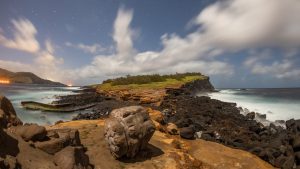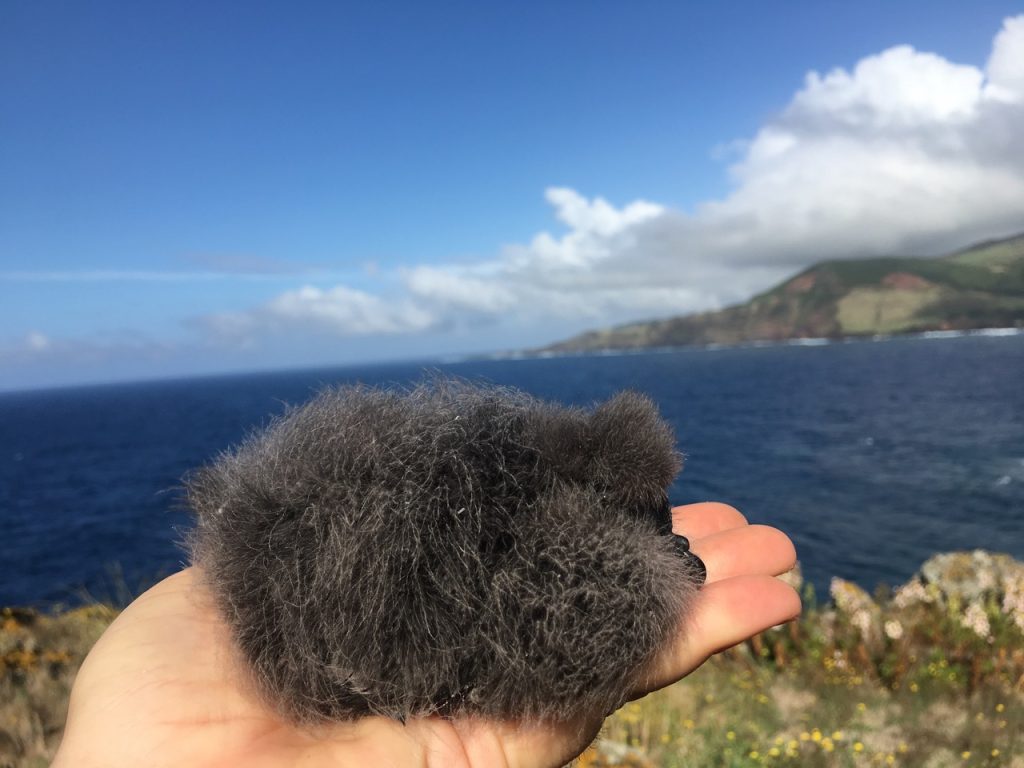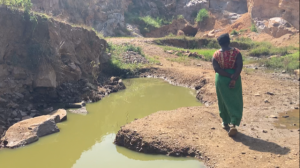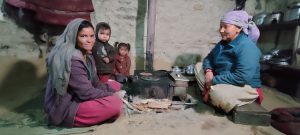Featured image (above) copyright Ben Porter
By Dr. Hannah Hereward, guest. Crossposted from Climate Stewards.
Is marooning oneself on a small islet worth it? The introverts among you may say yes straight away! Those closer to the extrovert end may need some convincing, so here we go.

The year before Covid-19 was declared a pandemic, I had the privilege of marooning myself on a small, volcanic islet in the middle of the Atlantic for about a year. This islet lies within the Azores Archipelago – close enough to a larger island to allow relatively easy human access (with appropriate permissions/licenses), but not too close to be within non-native mammals’ swimming reach. Over the last 20 years, the islet has been beautifully restored (with human help and naturally) and is now a protected Natural Park and haven for nine species of breeding seabirds, amongst other bird species. The islet in question is called “Ilhéu da Praia” and is home to the largest known breeding colony of Monteiro’s Storm-petrel – only found in the Azores and currently categorized as ‘Vulnerable’ on the IUCN red list.
It was the Monteiro’s Storm-petrel and its sibling species the Band-rumped Storm-petrel which drew me to the lhéu da Praia for my Ph.D. research. They are slightly smaller than a blackbird in size and a similar color except for a small white rump and only come to land to breed for a few months of the year. They are so elusive that they typically only come onto land from dusk to dawn. I was particularly interested in the ability of adults to produce a fully grown chick that later fledges, and the in-nest behaviors and potential threats to them. With my assistants, I spent two-to-three-month stints on Ilhéu da Praia monitoring nest boxes daily, deploying purpose-built cameras which sat inside the nests, and doing other fieldwork.

Whilst the research kept us busy, it also gave us time to strip away the many distractions that currently face us in ‘mainland’ life. On the islet, we lived by the seasons, weather, and tide, enjoying the longer hours of sunlight to charge our solar batteries, warm sunny days to swim in the sea, and watching sunsets. We heard day bird calls shift to eerie seabird calls of the nights against a background of the constellations and milky way, and appreciated in awe the storms (and hurricane) that came through. Two solid days of rain filled our water tanks (and allowed us to catch up on inside jobs whilst not going too stir-crazy). It was a privilege to sit on the cliffs looking out to sea knowing that the next piece of land is Iceland, over 1,700 miles to the north.
As a Christian and a scientist, I love combining the biblical theology of caring for creation/the world/the cosmos with my nerdy scientist curiosity of studying our world’s wildlife and learning more about God through doing so. However, through this, I also know the harm that humans have and are causing to this beautiful creation, which takes various forms including carbon emissions. This was particularly pertinent for this work, as accessing the islet required often two or three flights, at least one overnight stay (more if the weather was tricky), and a commissioned boat trip, courtesy of the local Natural Park authority. As the travel for this work was unavoidable (although I did reduce traveling back and forth to the UK as much as I could) I was keen to offset the carbon costs. Having grown up knowing and interning with A Rocha and then being connected with Climate Stewards, I am delighted to have offset my whole PhD with Climate Stewards, a total of 33 metric tons of CO₂e!
Not everyone will be keen to maroon themselves on a small, volcanic islet (and that’s ok!). But I have a feeling that even the most extrovert among you would agree that there are times when stripping back the many distractions of life is needed. When was the last time you sought an adventure? And how did you reduce or offset the subsequent carbon footprint?
If you would like a taste of islet life and some more history of Ilhéu da Praia, please look at this video compiled by Ben Porter (https://www.benporterwildlife.co.uk) for the World Seabird Union: https://www.youtube.com/watch?v=8QJUNrn5-rA&t=42s
Dr. Hannah Hereward








